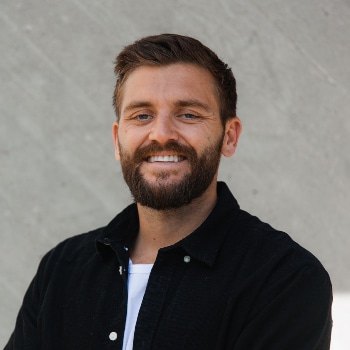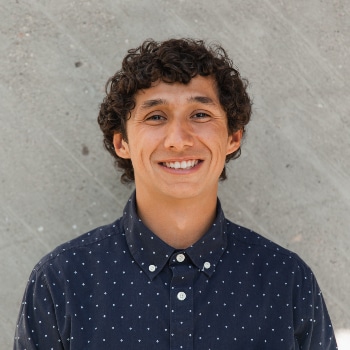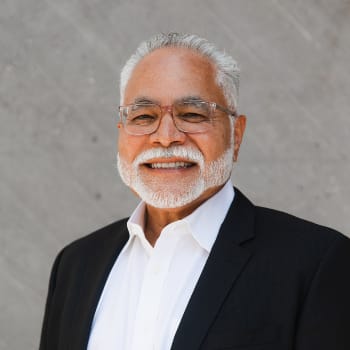Accelerated Resolution Therapy
in Orange County, CA
Accelerated Resolution Therapy, also known as ART, it is a style of psychotherapy that incorporates concepts from various conventional forms of psychotherapy in order to lessen the impact of trauma and other psychological stresses on the client. This method, which employs techniques like rapid eye movement and picture rescripting, attempts to recondition stressful memories by altering the way they are stored in the brain in order to enhance general mental health and wellbeing.

ART may be useful for people looking for therapy to lessen the impact of symptoms connected to traumatic or stress-inducing memories or enhance their capacity for resilience in a relatively short period of time. Accelerated Resolution Therapy (ART) is a type of psychotherapy that has its origins in established evidence-based therapies but has been demonstrated to deliver results considerably more quickly (usually within 1-5 sessions).
ART can be useful for clients experiencing trauma or other mental health issues, such as:
- Anxiety
- Depression
- Phobias
- Panic Attacks
- Obsessive-Compulsive Disorder (OCD)
- Post-Traumatic Stress Disorder (PTSD)
- Addiction/Substance Use Disorder (SUD)
- Performance Anxiety
- Family Issues
- Sexual Abuse
- Relationship Issues/Infidelity
- Codependency
- Grief
- Job-Related Stress
- Pain Management
What Is Accelerated Resolution Therapy?
ART utilizes several methods that are common in many other traditional psychotherapies. ART is used to directly reprogram how unpleasant memories and images are stored in the brain so that they no longer evoke strong physical and emotional responses. ART does this by the use of rapid eye movements similar to those found during dreaming.
Although similar methods are utilized in other types of therapies, ART’s very robust and direct approach can result in rapid recovery from symptoms and reactions that have been present for many years. ART combines long-recognized, reliable treatment approaches with safe and effective procedures validated by current scientific research.
How Does ART Work?

The client is always in complete control of the ART session, with the therapist leading the process. Although certain traumatic events, like combat experiences or the loss of a loved one, can be challenging to think about or imagine, treatment can quickly lead clients past the point where they are locked in these experiences and toward development and good changes.
The procedure is simple, including relaxing eye movements and a method known as Voluntary Memory/Image Replacement to alter the way negative pictures are stored in the brain. The treatment is based on well-established psychotherapy procedures, and, as a consequence, traumas and unpleasant life experiences may no longer elicit powerful emotions or physical reactions.
Importantly, clients do not even need to discuss their traumas or harrowing life experiences with the therapist in order to recover with ART. When someone enters rapid resolution treatment, they are told that they have influence over the result. A typical ART session will begin with the therapist asking the client to perform a full-body scan.
The therapist might ask them to recollect the upsetting memory or image after establishing a baseline for their bodily state. Clients are instructed to envision the horrific experience in its entirety, with no regard for memory gaps. Rapid eye movement can be used at this point to aid with both picturing the incident and dealing with any intense emotional or physical feelings that arise during this stage of the process. The memory recalls part of the session might run anything from 30 seconds to 10 minutes.
A desensitization process, which is used to lessen the physical and emotional effect of the memories, may be used by ART therapists when the physical and mental stresses begin to manifest themselves. They may choose to halt the visualization and ask the person with whom they are working to perform another body scan in order to reduce the stress reaction further. If a person has shortness of breath and chest tightness when visualizing an incident of childhood sexual abuse, the therapist may tell them to forget about the image and concentrate on their breathing until they are able to relax once again.
Bringing your attention to your body’s sensations might help you cope with any powerful emotional responses that may arise as a result of visualization. Once the person has regained their composure, the process will continue and may even repeat itself, with the focus shifting between memory processing and physiological awareness. It is possible to progressively decrease the stress reaction in this manner.
Throughout the visualization process, the therapist can also urge the individual with whom they are working to come up with solutions to the images or memories that have been targeted for treatment. ART refers to this process as “voluntary image replacement,” and it occurs through rapid eye movement, the use of metaphors, gestalt methods, and other interventions that can result in a pleasurable experience.
The picture rescripting process is comparable to eye movement desensitization and reprocessing (EMDR) and other procedures that are used to treat disorders such as depression, nightmares, and insomnia, and it is an important component of the ART session that is critical to the treatment’s success. According to research, when unpleasant memories are merged with happy experiences, the intrusiveness of the upsetting memories diminishes significantly.
Get Accelerated Resolution Therapy in Orange County, CA
Accelerated resolution therapy (ART) is a new therapy for post-traumatic stress disorder (PTSD) that has shown exceptional promise. Compared with other standard evidence-based treatments, initial research has shown ART to be as effective, quicker, easier to learn, and more cost-efficient. If you or a loved one are experiencing PTSD or related symptoms, there is hope. For more information about PTSD call below.











